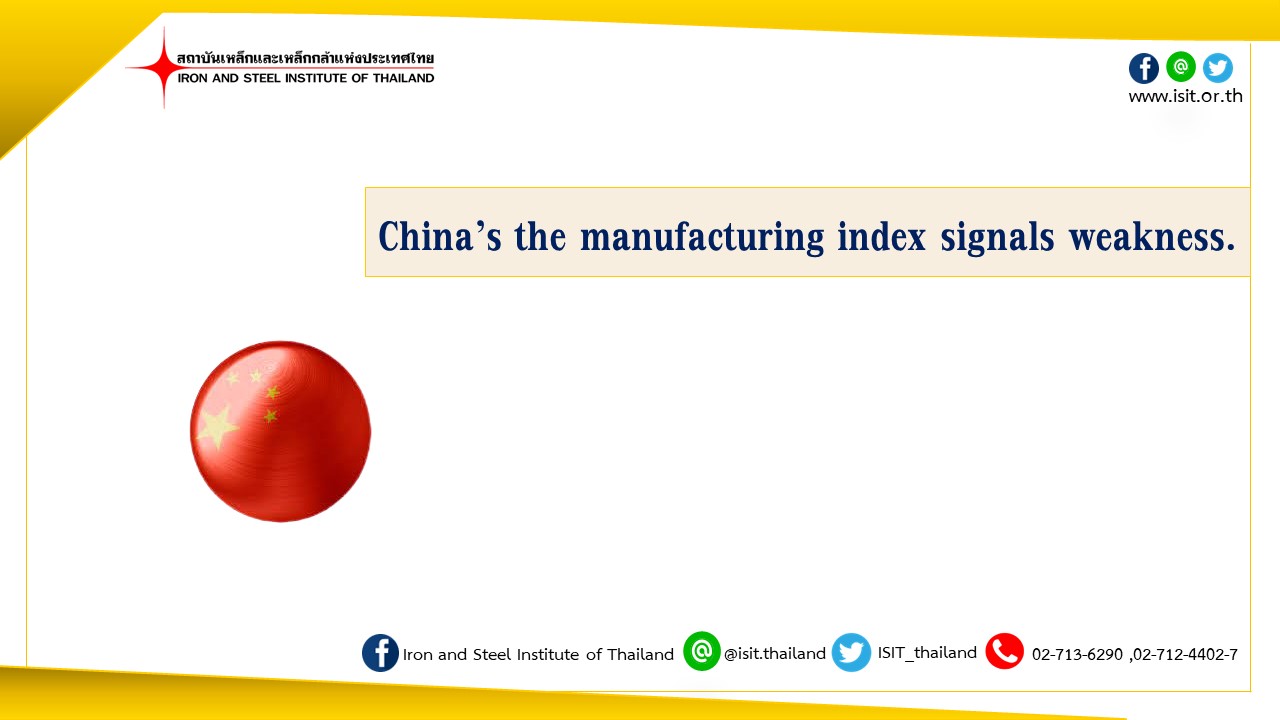
China’s manufacturing production index of steel consumption, which is produced by S&P Global, was at 113 points for September, up from 99 points for August but still lower than 121 points in 2022, 116 in 2021, and 115 points in 2020.
The index is based on production data from China’s National Bureau of Statistics, or NBS, for 18 steel-related manufactured goods, categorized into seven sectors and weighted according to their share of steel consumption.
The monthly production average in 2018 is used as the baseline of 100. In September, manufacturing of vehicles, ships, home appliances, and power generation facilities posted year-on year increases, the NBS data showed.
However, the sectors of machineries, containers and railway facilities all posted year-on-year declines.
The sector of machineries manufacturing, accounting for around 60% of the manufacturing sector’s total steel demand, saw lower steel demand in September than in the same period of 2020-2022, S&P Global data showed.
The adverse impact from China’s debt-laden property sector on engineering machineries and shrinking export orders were major reasons pulling down manufacturing steel demand.
China’s excavator production in September, a strong indicator of upcoming construction activity, was 36% lower on the year and 43% lower than the same month of 2021, NBS data showed.
Meanwhile, the export value of mechanical and electrical products in dollar terms fell by 6.1% on the year in September,
according to China Customs. Over the January-September period, the export value fell by 3.2% on the year.
Some mill sources said steel demand in China’s manufacturing of cars, ships and new energy facilities was strong and expected to remain same for much of the next year.
However, these sectors are too small to fully offset the impact on the Chinese domestic steel demand caused by the weak property sector, which could struggle to recover in 2024, the sources added.
Amid sluggish domestic steel demand, Chinese rebar producers in general were running at a loss of around Yuan 150-200/mt ($20-27/mt) in late October, while the hot rolled coil producers were at a loss of Yuan 50-100/mt, according to mill and trading sources.
With mills continuing to face losses, the average blast furnace utilization rate in China has fallen to 90.6% in late October, down from around 93% at the end of September, market sources said. However, utilization rates were still higher than around 88% a year ago, they said.
China’s steel production is expected to continue downwards in November, some sources said. But as ensuring economic growth remains a top priority for this year, the Chinese government is likely to go easy on steel output curbs for 2023, and as a result any decline in steel production is likely to be slower than demand during the winter season that typically starts in November in China, the sources added.